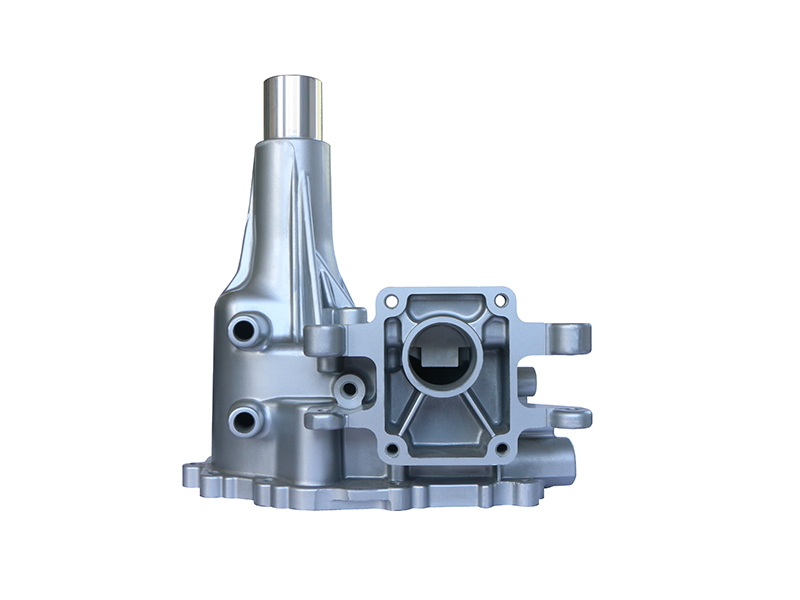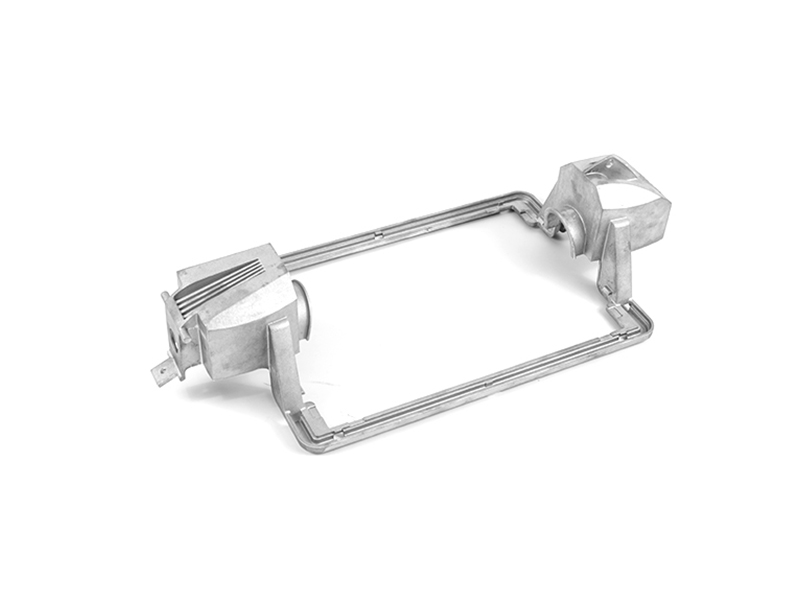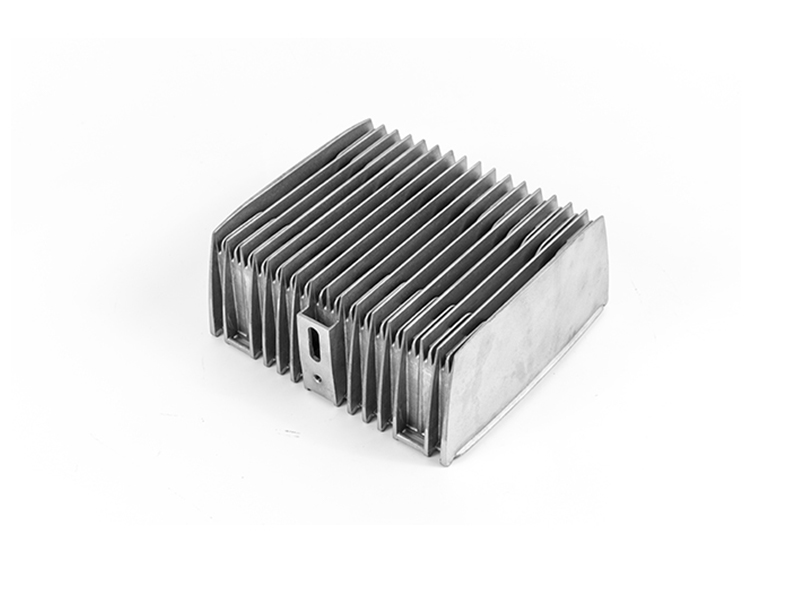Car lights are an indispensable set of accessories for automobiles. Whether it is a traditional or technologically fashionable car model, the main parts of a car light are inseparable from the headlight body, reflector, decorative frame and light lens. As the parts with high requirements for automobile appearance parts, the requirements of the corresponding mold design and manufacturing process of automobile lamps are also very high.
First, the challenge comes from the headlight body.
The car lamp body is an internal functional part. Although the appearance requirements are not high, there are many assembly holes and buckles. This means that the design and manufacture of the lamp body mold may have the following risks:
1. There are many inclined top molds, sliders, and inserts, which are easy to break and flash;
2. Complicated water transport structure/difficulty in uniform cooling;
3. Larger dosage of discharge machine/more single electrode
Secondly, for the reflector, we need to combine the particularity of the product specifications to carry out the mold design.
The reflector, also known as the reflector, is a part of the automobile headlight lighting system that has the function of reflecting and avoiding direct light. It is an exterior part. The surface is high-gloss electroplated and has a large area of texture for surface decoration. Since the reflector needs to work in a high temperature environment, it needs to be beautiful while achieving the purpose of reflecting and concentrating light. Therefore, automobile manufacturers often choose prefabricated integral molding compound (BMC) thermosetting plastics with heat resistance, flame retardancy, and extremely strong creep resistance for the molding of reflectors.
In view of the manufacturing requirements of mirrors with strict light distribution and direct aluminum plating, Hanyi Industrial recommends that attention should be paid to the mold design:
1. The parting surface of the mold cannot avoid the air, and it is easy to flash out;
2. The position of the intersection and the weld line must be accurate in the early mold flow analysis;
3. The heating rods of the front and rear molds are distributed evenly and reasonably to prevent deformation;
4. Push out and increase the sheath to prevent high temperature from burning;
5. The surface texture contour requires high precision;
6. The mold core is not easy to be disassembled as a whole as possible to avoid internal batching of the product.
Thirdly, for the decorative frame of car lights, attention should be paid to achieving high surface requirements for mold design.
The car light decorative frame is a decorative part of the car headlight lighting system. It is located inside the lens and assembled with the lens. People can see the decorative frame from the outside of the car light through the lens. Generally, the manufacturing materials of the decorative frame of car lights are PC, PBT+GF, PBT+PET, PA+GF, and surface plating is required.
For this reason, Hanyi Industrial’s experience is to select high-quality mold materials and pay attention to:
1. The position of the intersection and the weld line must be analyzed accurately in the early stage;
2. The front mold should be smooth and prevent sticking to the front mold design;
3. Water transportation and ejection design to prevent deformation;
4. Pay attention to the depth of the texture to prevent flow marks
Optic lenses also require high-quality mold design and mold manufacturing to complete product molding.
The light distribution lens, also known as the lens, is the transparent part on the outside of the car headlight. Generally, the headlight of a car is white and transparent, and the rear combination lamp is red (or multi-color) and transparent. The surface of the light distribution lens is A-level curved surface (that is, the gap between adjacent curved surfaces is between 0.001 and 0.005mm, the curvature change is below 0.005 degrees, and the cut rate changes below 0.16 degrees.), the outer surface has a super hard coating, and the inner and outer surfaces are transparent. Very demanding.
Mould key points:
1. The position of the intersection and the weld line must be accurately analyzed in the early stage;
2. There is line printing control of internal draw line and oblique top line and thimble line;
3. Two-color/three-color and multi-color parting sealing surface design is very important;
4. Pay attention to the depth of the texture to prevent flow marks;
5. The exhaust design should be sufficient, reasonable and effective;
Based on the above product requirements and mold characteristics, IMMETECH has perfect solutions from raw materials to mold delivery:
1. All materials are selected from professional automotive mold steel manufacturers such as Smübgen, Germany, Datong, Japan, and ASSAB, Sweden;
2. Machining adopts high-precision and high-end imported equipment: DMG (CNC) and FANUC (CNC) / MITSUBISHI mirror and MAKINO (EDM) / Sodick (WEDM) / EROWA processing system
3. Selection of standard parts: mold base is DME/HASCO/FUTABA/LKM; 2. Hot runner is Synventive/INCOE/MOLDMASTERS/YUDO; 3. Cylinder is Parker/SMC/HEB/MERKLE/HPS
4. Professional and scientific inspection methods are used in every link from design to delivery: design is verified by professional UG design software and MoldFlow verification software / steel is verified by HT110 hardness tester / machining is verified by Hexagon three-dimensional measurement system / The surface is verified by JD520 surface roughness meter / assembly is verified by SHUNXIN200T flying mold machine / product molding feasibility is verified by 1920T three-color injection molding machine

 English
English 中文简体
中文简体















